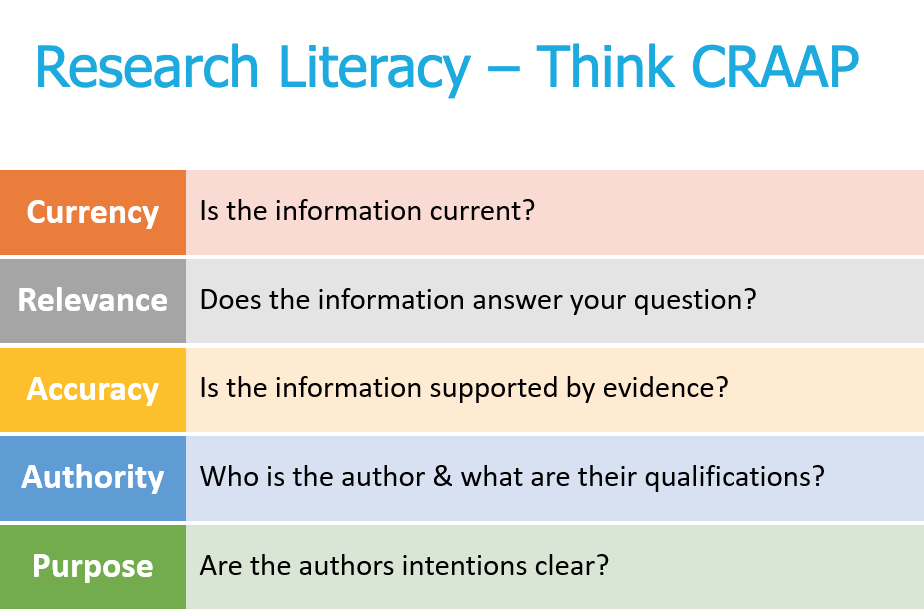|
Hours Thursday, May 1, 2025 |
|
|---|---|
| Library @ Lodi | 8:30am – 6:00pm |
|
Hours Thursday, May 1, 2025 |
|
|---|---|
| Library @ Lodi | 8:30am – 6:00pm |
Why Open Access (OA)? Open Access literature is free and available to anyone. Researchers anywhere in the world ccan read the scholarly output that has been made available in an open-access journal. This means that a local social worker or therapist who does not have access to all the journals subscribed to by Felician University can read the research findings disseminated in an OA journal.
How OA journals support themselves: Rather than charging readers a subscription fee, OA journals often use the "author-pays" model in which they charge authors and article processing charge (APC).
OA Journals: This selective list of high-quality journals; the journals listed below are peer-reviewed and online.
In addition to these fully open access journals, most traditional subscription-based journals also allow authors to pay an additional fee to make their articles open access. These are known as hybrid journals.

Currency
Reliability
Authority
Purpose/Point of View
Preprint and Postprint Servers
Preprint servers allow researchers to make their findings available to the public prior to publication in a peer-reviewed journal. This allows researchers to receive feedback from their research community prior to publication, to "test the waters," and to "stake their claim" on a topic prior to publication. Some journals, however, will not accept articles that have appeared on a preprint server.
Listed below are notable preprint servers for psychology research but there are many other preprint servers in other fields, including medicine and biological sciences.
PsyArXiv: Maintained by the Society for the Improvement of Psychological Sciences (SIPS) and the Center for Open Science. Established in 2016.
SocArXiv; Papers: open-access platform for social scientists to upload working papers, preprints, and published papers, with the option to link data and code. Established in 2016.
Postprint Servers: Another way to make research available to the public is to post previously published works in an online postprint repository.
